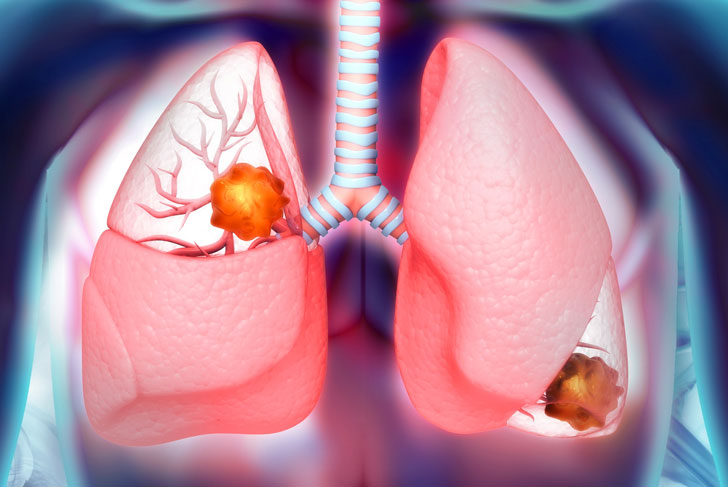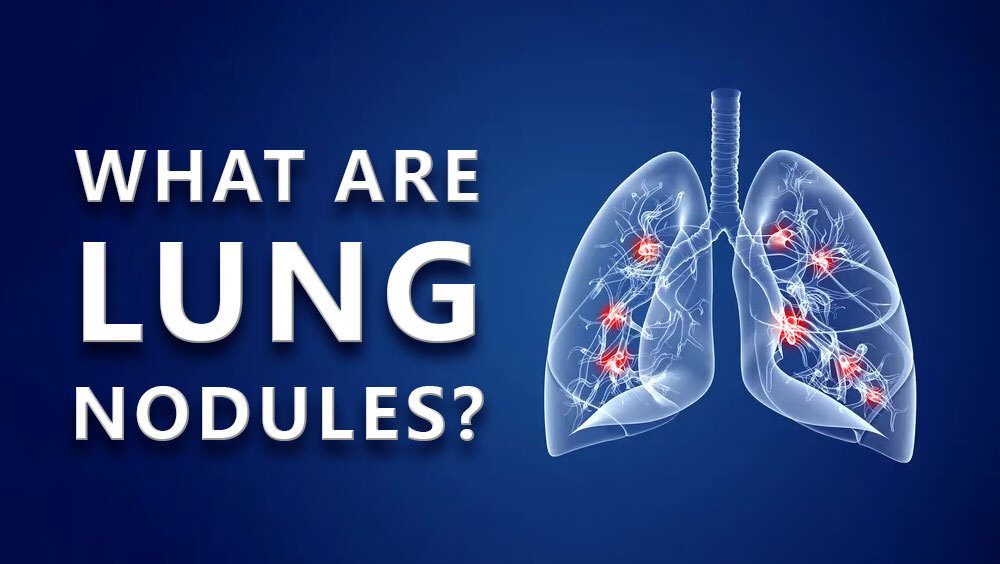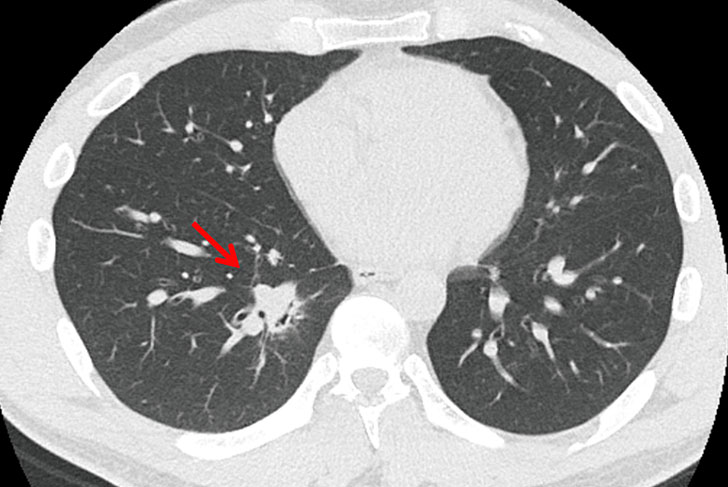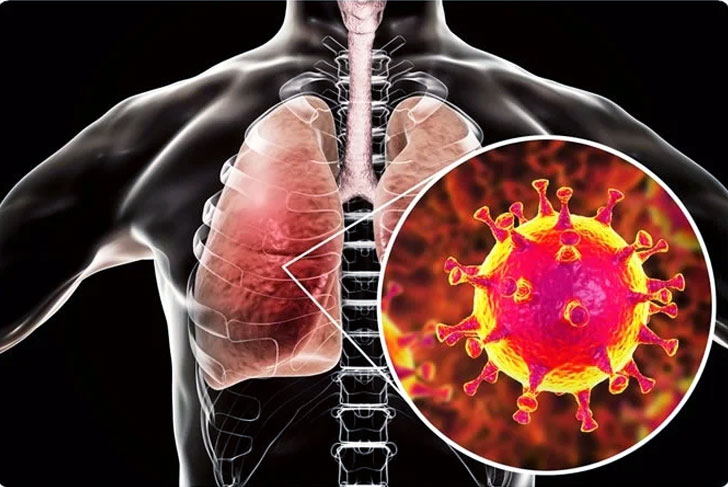Deep within the intricate maze of our lungs, mysterious entities known as 'lung nodules' can sometimes emerge, evoking both curiosity and concern. But are these shadowy specks on your lung scan a cause for alarm or simply harmless tenants of our respiratory real estate? Dive with us into the enigmatic world of lung nodules, as we demystify their origins, characteristics, and significance, guiding you through the haze and into the clear!
Characteristics
Size
Fact: According to the American Thoracic Society, while the majority of nodules smaller than 6 mm are benign, the risk of malignancy increases as the nodule size increases.

A lung nodule's size often provides the first clue about its nature. The typical diameter of these nodules is less than three centimeters (around 1.2 inches). This seemingly arbitrary dimension is a critical diagnostic threshold. When nodules are smaller, they're less likely to be malignant, although exceptions exist. When these growths exceed this size, they transition in terminology to 'lung masses'. The term 'mass' doesn't just imply a larger growth; it also ushers in a heightened suspicion of malignancy.




